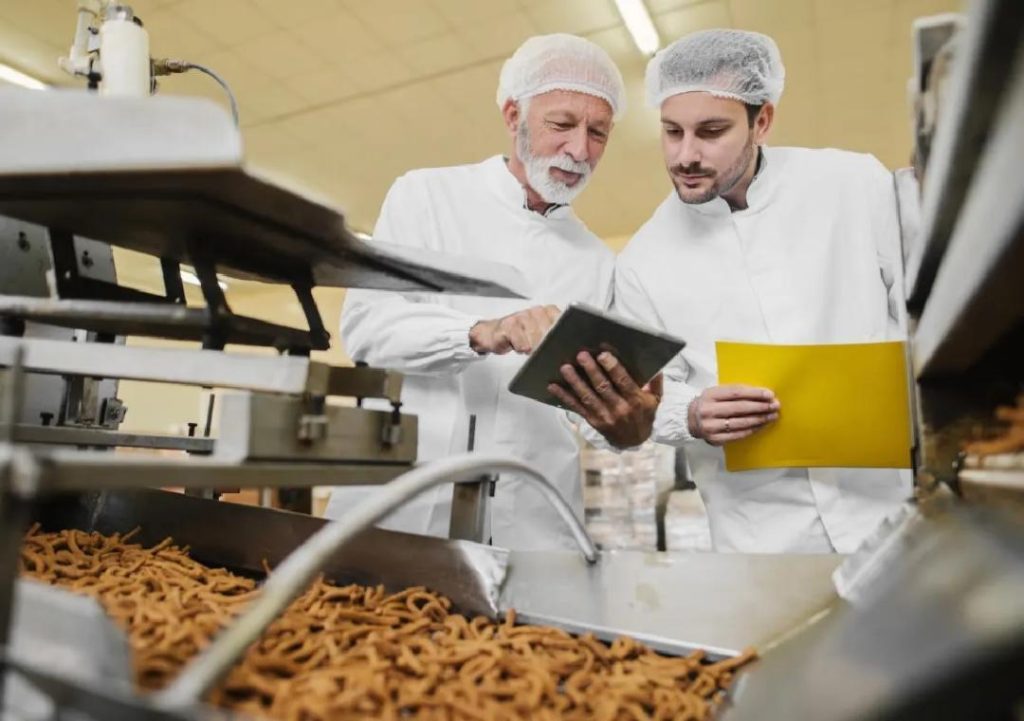
Can P&L Optimisation Redefine Success in Food Technology?
The food technology industry is known for its fast-paced and dynamic nature, with companies constantly striving to innovate and improve their operations to stay ahead of the competition. One key area that has emerged as a critical factor in achieving success for food technology companies is profit and loss (P&L) optimisation. By streamlining P&L operations with automation, smart inventory systems, and data analytics, companies are able to cut waste, sharpen demand forecasting, and support better decision-making.
In this blog post, we’ll delve into the world of P&L optimisation in food technology and explore how companies are using these tools to redefine success in the industry.
The Importance of P&L Optimisation in Food Technology
P&L optimisation is crucial in the food technology industry, where margins are often thin and competition is fierce. By optimising P&L operations, companies can improve profitability, reduce costs, and make better decisions. In an industry where food safety, quality, and freshness are paramount, P&L optimisation is essential for ensuring sustainable growth and competitiveness.
Automation and Smart Inventory Systems
Automation and smart inventory systems are two key tools that are revolutionising P&L operations in food technology. Automation enables companies to streamline processes, reduce manual errors, and improve efficiency. For example, automated inventory management systems can track inventory levels in real-time, alerting companies to potential stockouts or overstocking.
Smart inventory systems take automation to the next level by using data analytics and machine learning algorithms to predict demand and optimise inventory levels. These systems can also identify inventory that is approaching expiration dates, enabling companies to reduce waste and maximise profitability.
Data Analytics
Data analytics is another crucial tool in P&L optimisation. By analysing data on sales, production, and inventory levels, companies can identify trends, patterns, and areas for improvement. Data analytics can help companies to:
- Identify opportunities to reduce waste and improve efficiency
- Optimize production schedules and reduce downtime
- Improve demand forecasting and reduce inventory costs
- Make data-driven decisions to drive business growth
Scalable Models
Scalable models are essential for food technology companies that aim to achieve sustainable growth. By adopting scalable models, companies can:
- Reduce costs and improve profitability
- Increase efficiency and reduce waste
- Improve decision-making and reduce risk
- Scale up quickly to meet growing demand
Case Study: P&L Optimisation in Food Technology
A recent case study highlights the benefits of P&L optimisation in food technology. A leading food manufacturing company was struggling to achieve profitability due to inefficient production processes and poor demand forecasting. By implementing an automated inventory management system and data analytics platform, the company was able to:
- Reduce inventory costs by 15%
- Improve production efficiency by 12%
- Increase profit margins by 8%
Conclusion
P&L optimisation is a critical factor in achieving success in the food technology industry. By streamlining P&L operations with automation, smart inventory systems, and data analytics, companies can improve profitability, reduce costs, and make better decisions. Scalable models are essential for ensuring sustainable growth and competitiveness in the industry.
As the food technology industry continues to evolve, companies that adopt P&L optimisation strategies will be better equipped to stay ahead of the competition and achieve long-term success.
Source:
https://www.growthjockey.com/blogs/p-and-l-operations-in-food-tech






